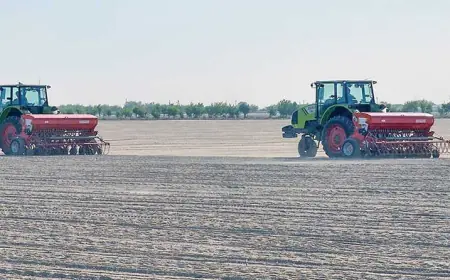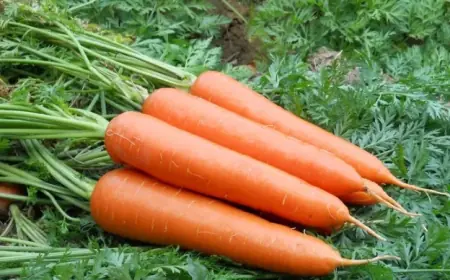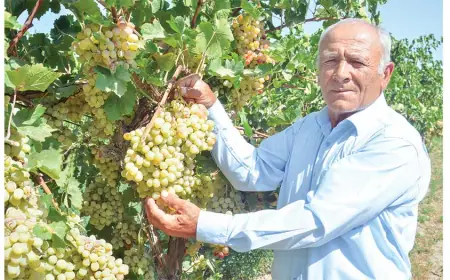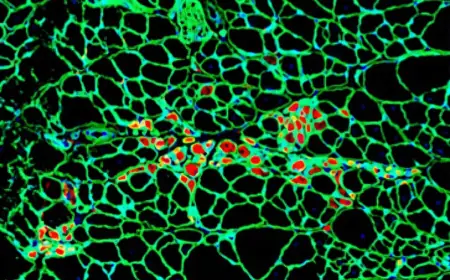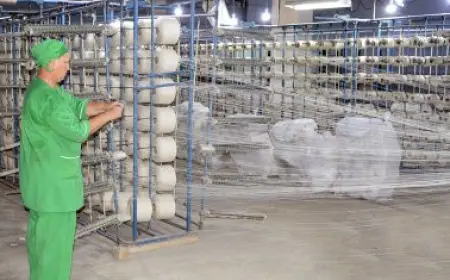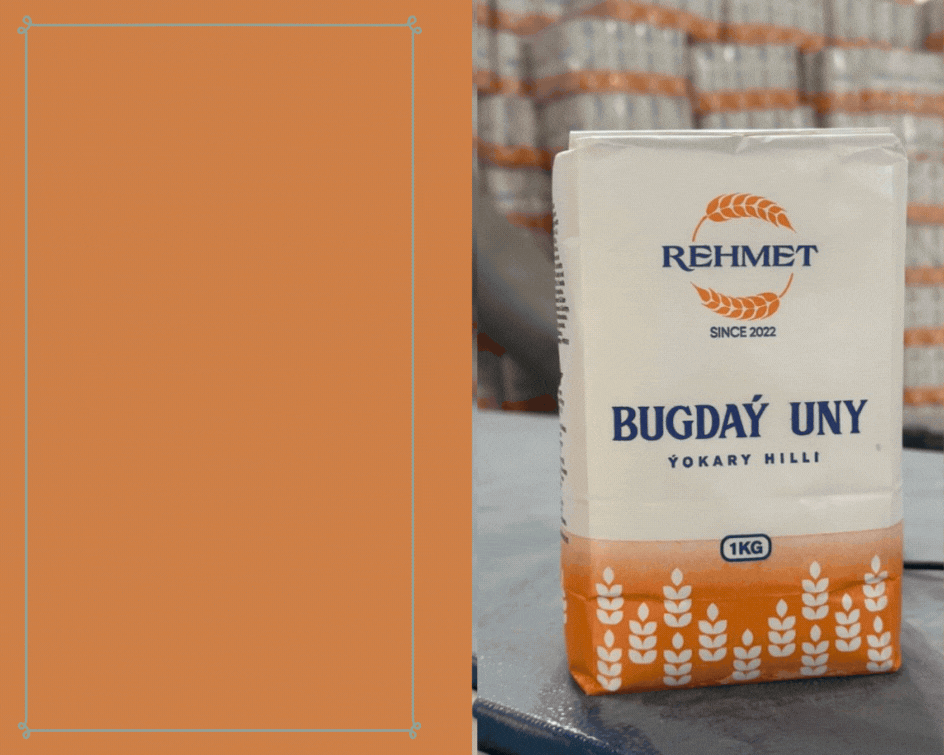High-yield grain crop
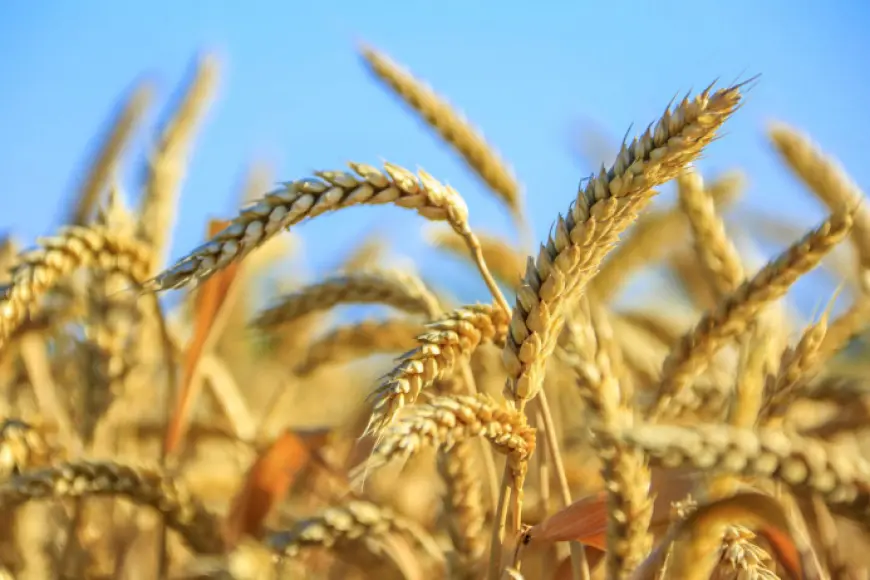
One of the ways to increase grain production in our country is to cultivate not only winter wheat but also other high-yielding grain crops, mainly for forage purposes. One such crop is triticale — the first artificially created cultivated plant by humans. It was developed by crossing wheat (triticum) with rye (secale). In terms of bread-making qualities, triticale performs better than rye.
Currently, pure triticale flour can be used to bake rye-style bread, as well as be mixed with rye and wheat flour for various bakery products. Baked goods made from triticale stand out for their high nutritional value.
The protein content in triticale is 1.3 to 1.5 times higher than in rye and wheat. Its flour is widely used to prepare different bakery products (buns, cakes, noodles, etc.). Triticale is also of great importance for providing green forage for livestock throughout the year. Its green mass has high productivity (450–650 quintals per hectare) and remains soft until the grain begins to mature, which further increases its value. The biological nutritional value of triticale grain is higher than that of wheat. The retained exchangeable energy is 14% higher than wheat and 23% higher than rye.
Triticale can easily replace wheat, barley, corn, and oats as an energy source. Therefore, researchers at the Grain Research Institute are conducting specialized selection work in this area. In the competitive variety testing field of winter triticale, 10 varieties and samples were tested. The "Türkmenistan" variety, introduced into production in all regions of the country in 2013, was used as the standard variety in the trial. During the observation period, growth stages, resistance to diseases, frost, and lodging were recorded.
According to the data, the ear emergence stage of the "Türkmenistan" variety occurred on April 6, while other samples emerged as follows: "Hasylly" — April 5, "Önümli" — April 12, and "Watan" — April 8. The grain ripening period for the samples ranged from June 5 to June 7. The winter triticale varieties studied in the selection trial showed frost resistance of 8–9 points and lodging resistance of 4–5 points. No diseases such as powdery mildew, yellow or brown rust, or fungal infections were observed.
The recommended sowing rate is 160–180 kg/ha for seed crops and 180–200 kg/ha for forage crops. The seeds must be of high quality with strong germination. To achieve a high yield from winter triticale, timely sowing is essential.
In the trial, the yield of the standard "Türkmenistan" variety was 72.8 quintals per hectare. Sample varieties showed the following yields: "Watan" — 90.4 q/ha (+17.6 q/ha), "Önümli" — 84.3 q/ha (+11.5 q/ha), and "Hasylly" — 85.3 q/ha (+12.5 q/ha).




